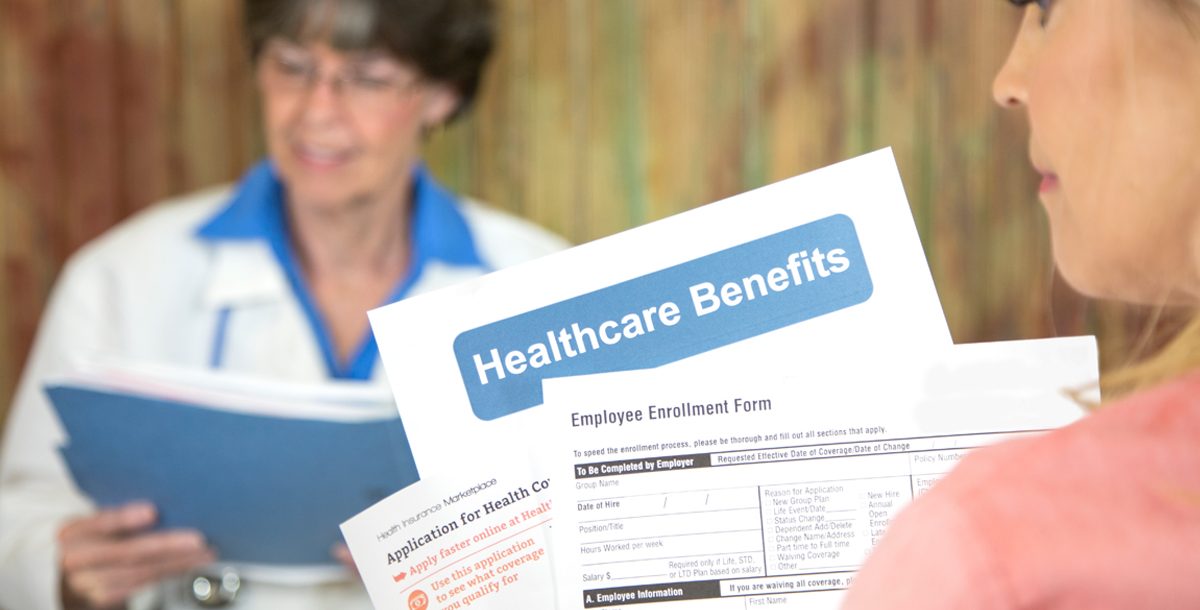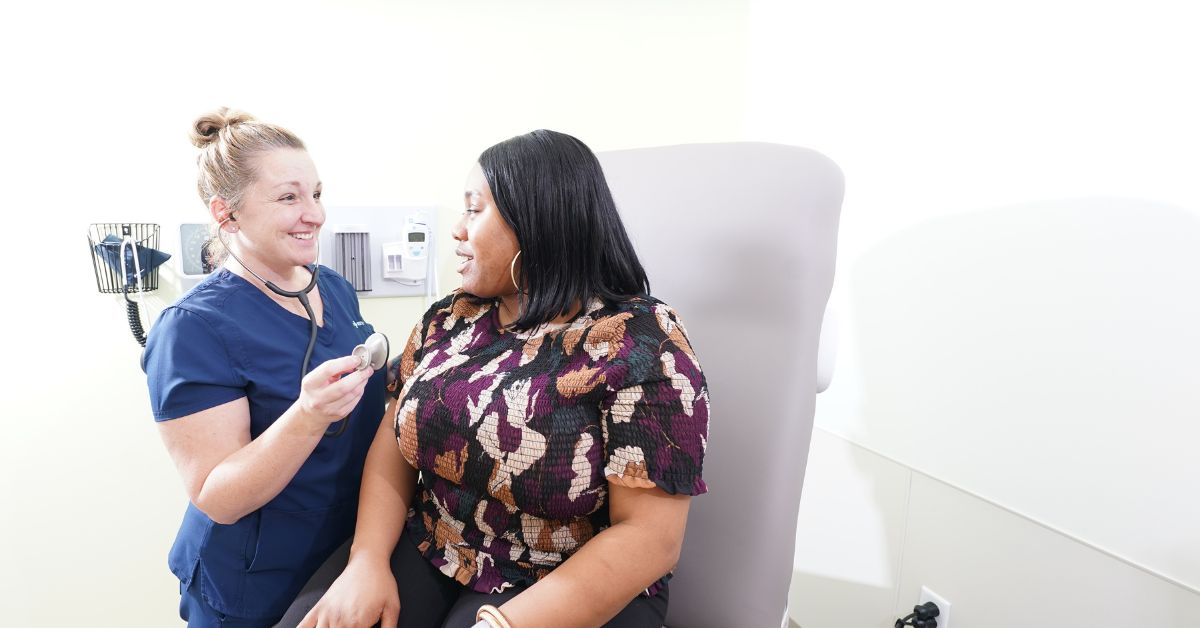Chances are, reviewing your 2024 health care insurance policy isn’t high on your list of priorities. However, you could be missing out by not going over the benefits covered by your plan, especially if it resets on Jan. 1.
Here are a few health care plan items to investigate before the end of the year.
Preventive services
Most health plans cover a set of preventative services at no cost to you. Depending on your plan, these 100 percent-covered services might include an annual exam and routine immunizations. For women, your mammogram screening and OB-GYN exam might be covered.
If you have not already taken advantage of your covered preventative services, consider scheduling those appointments, as there is still time to get needed care.
Deductibles
Deductibles are the amount you pay for covered health care services before your insurance kicks in. If you’ve been considering any elective procedures, look at how close you currently are to meeting your deductible.
If you have met your deductible, then make sure to also get an estimate on your out-of-pocket costs, as those may be lower based on your benefit plans and if you have gotten treatments through the year toward your deductible.
Use our price estimator tool
Our online price estimator tool provides information for more than 300 health care services. Knowing what something might cost can help you prepare and protect both your physical and financial well-being.
The price estimator tool tailors your results using your insurance coverage or self-pay status, the health care facility and more. Prefer to speak to someone? Call 1-855-838-4604, Monday through Friday, from 8 a.m. to 6 p.m., to discuss your individual situation.
Review your 2025 health care plan
While you’re reviewing your current policy, also be sure to check your 2025 health care plan to see if there are any significant changes, which could affect any services you are planning for.
In addition to making the most of your current medical benefits, there are multiple ways to financially plan for medical expenses.
Here are the most common types, as well as when they carry over from year to year:
- Have you put tax-free dollars into a flexible spending account (FSA)? The balance left over at the end of the year doesn’t roll over, so check your plan to see how this money can be used now. Then, go ahead and use those dollars toward eligible expenses.
- Some employers provide a health reimbursement account (HRA) for their employees to help pay for health care expenses. While this money often rolls over year to year, the money only stays with you while you’re employed with the company. If you’re planning to change jobs, you might want to consider using whatever’s left in your HRA. Some employers specify the types of expenses you can use these dollars on, so make sure you review the list of eligible purchases.
- Do you have a health savings account (HSA)? These accounts let you save dollars tax-free to use on deductibles, copayments, coinsurance and other eligible health care costs. The money in these accounts rolls over from year to year and differs from an HRA because you keep the dollars regardless of your employer.
Find a Bon Secours primary care provider near you. to get the care you need before the end of this year!





